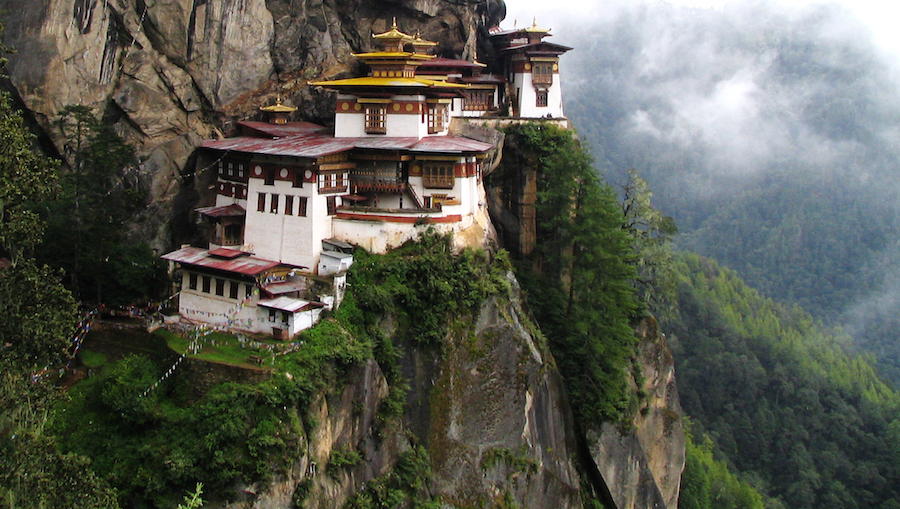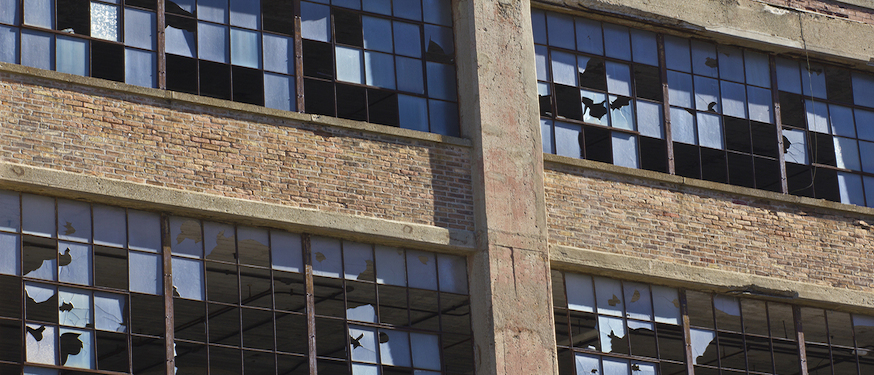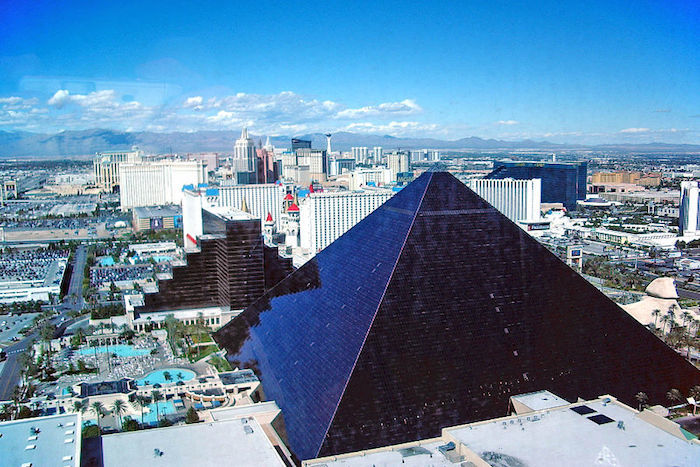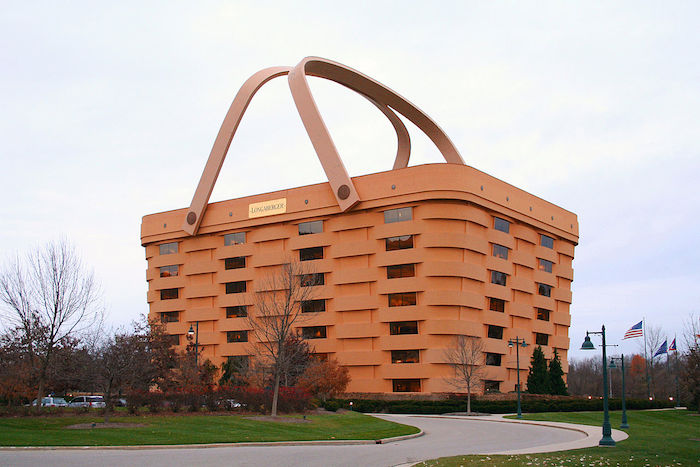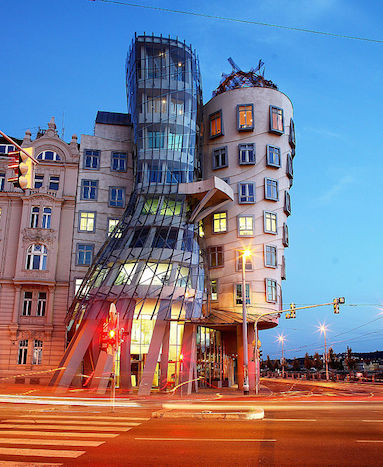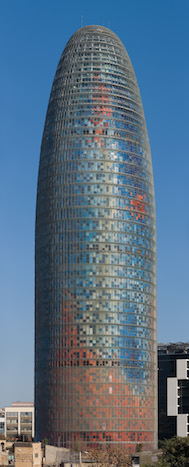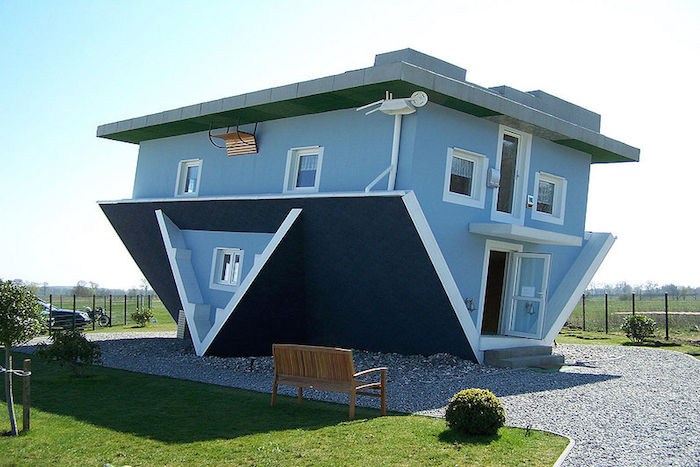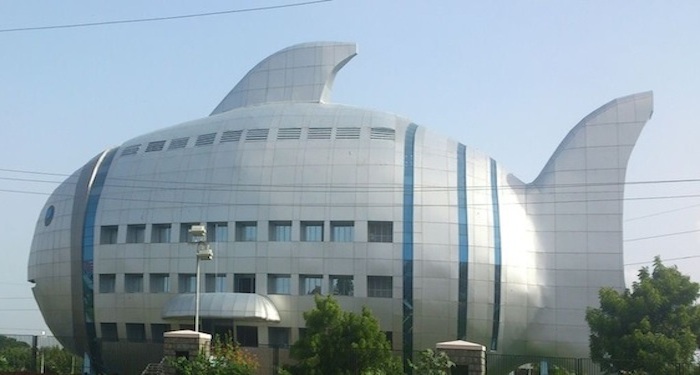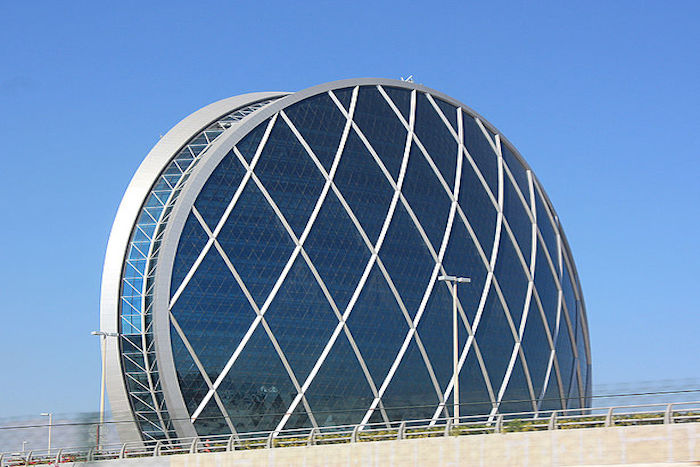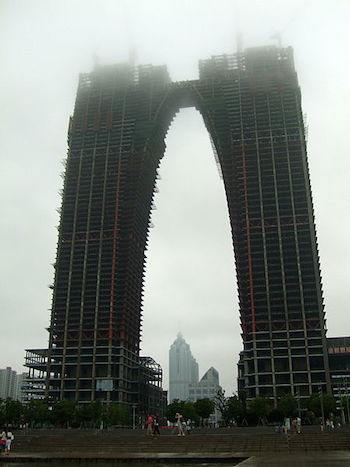With tax season just over, now is the busiest time of the year for travel to the two-dozen countries that have no extradition treaty with the U.S. To help travelers on the run chose which country is right for them — whether for a life-time stay or just until a statue of limitations runs out — we’ve once again put together our top 5 under-the-radar picks for anyone hoping to avoid extradition.
Maldives
With predictions that a rising sea level may result in its disappearance by 2085, this Indian Ocean nation has more to worry about than what your back-story might be. So unless there’s a possibility that somebody is willing to trade you for a Russian arms dealer, you’ll pretty much be left alone. Come here for the sun, the beaches, and the high-end resorts so pricey that to afford them you practically have to have stolen a serious amount of something.
Many of the resorts, such as the Huvafen Fushi, have overwater bungalows with glass panels in the floors for viewing sea life, and, if necessary, a quick escape. Be careful, though, whenever counting large stacks of money in your room, as the panels often make it easy for passing snorkelers to view your life. For an American, the Maldives, despite its distance, is not a perfect home away from home. Talk of opening a string of international fast-food restaurants at the airport has so far come to nothing. And getting re-runs of Keeping Up with the Kardashians is sometimes difficult. But if you are here for the long stay, converting to Islam can help, as can being religious about applying SPF 50.
China
While there is a misperception that Western travelers with a criminal background are not welcome in China, the opposite is often true, especially if the travelers arrive bearing significant trade secrets. Even if you have nothing to barter, a population of 1.4 billion makes it easy to get lost in the crowd. And should you run afoul of Chinese authorities, a prison population that includes more than 6,000 foreign inmates means you will sometimes be able to barter in English for cigarettes. Americans will find much about China to remind them of home, including Subway (440 outlets) McDonalds (1,964 outlets), KFC (5,854 outlets), and the Great Wall (0 outlets).
United Arab Emirates
Whoever said money can’t buy happiness has never considered avoiding extradition by fleeing to the United Arab Emirates. In the UAE, money can buy a $1,223 cupcake, a $24,000 per night hotel suite, and an $8 million (diamond-studded) cell phone. Gold-plated SUV’s are not that rare, Lamborghini police cars are not unheard of. Still, the law is Islamic law, so don’t spend money on alcohol consumed outside of a bar, restaurant, or sporting venue, or anything that’s any fun at all during Ramadan.
Russia
A tall latte at Starbucks in Moscow costs twice what it does in New York City. And you can be riding in the back seat of a taxi one moment and in the trunk the next, on the way to have your vital organs removed for profit. But beyond those niggling kinds of concerns, Russia is just about ideal for anyone looking for a new identity to call their own. In Moscow, live quietly but comfortably in the luxury of such accommodations as the Ritz-Carlton, where your personal butler and his government minder will soon know your name.
Become familiar with Red Square, the Bolshoi Theatre, and Saint Basil’s Cathedral, whose distinctive domes are recognized worldwide as the inspiration for the American news organization, The Onion. At the Kremlin, pass a pleasant hour, perhaps with a small group of friends, contemplating the unauthorized removal of the 190-caret Orlov Diamond on display there. And if it becomes time to get out of town, what traveler doesn’t imagine a journey on the Trans Siberian Railway? Just make sure you ask for a round trip ticket.
Bhutan
For relieving the stress often associated with traveling to avoid extradition, there may be no better destination than Bhutan. One of three countries in the world with no diplomatic relations at all with the U.S. (Iran and North Korea are the other two) this Himalayan hideaway allows you to conduct your affairs with the assurance that the only place you are ever likely get snatched to is heaven. One of the highlights of a Bhutan stay is a visit to the sacred, and isolated, cliff-side Buddhist monastery of Taktshang, or the Tiger’s Nest.
Make the strenuous hike to the monastery from the town below in about three hours, where you will be rewarded with the discovery that no cameras, phones, or recording devices of any kind are allowed. Which for somebody hiding from the law is by itself almost worth the trip. A bonus is that the monks who live at the monastery often practice meditation that requires extended periods of silence, diminishing the chances that somebody will even accidentally give you away.
BobCarriesOn editor-in-chief Bob Payne is currently under audit.

